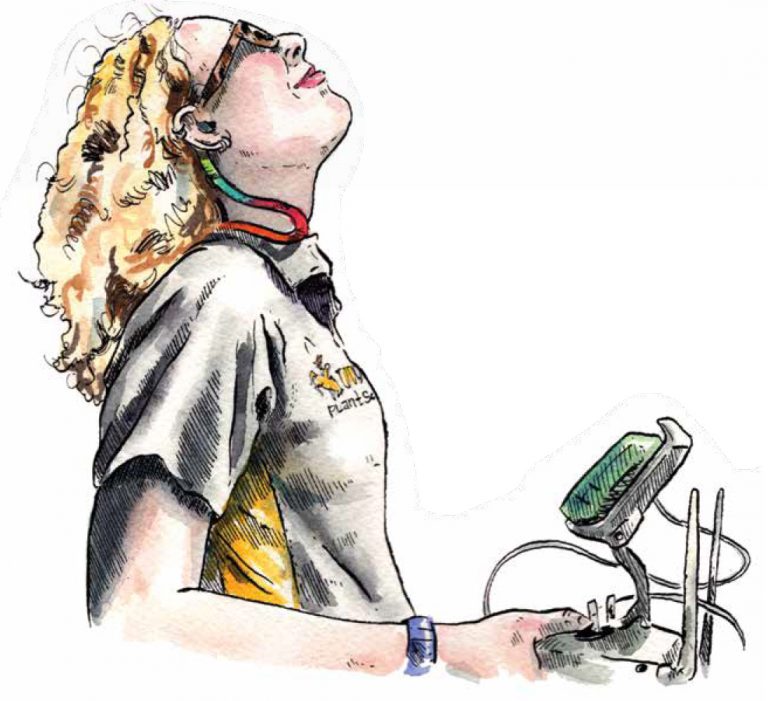Herbicides in Wildlands
What do we really know about their effects?
As Cara Nelson, a researcher and professor of ecosystem science and restoration at the University of Montana, hiked around Missoula’s foothills, she noticed abundant knapweed and cheatgrass growing amidst native bunchgrasses and wildflowers.















